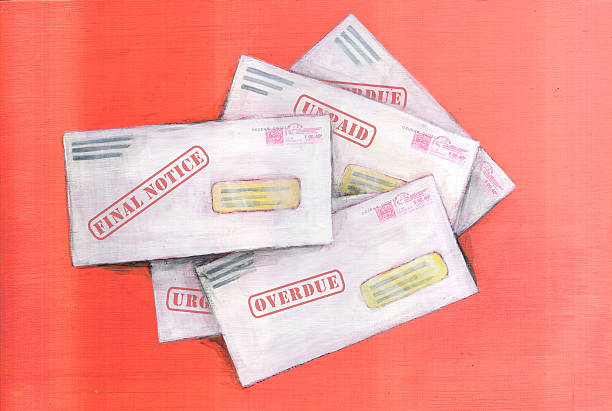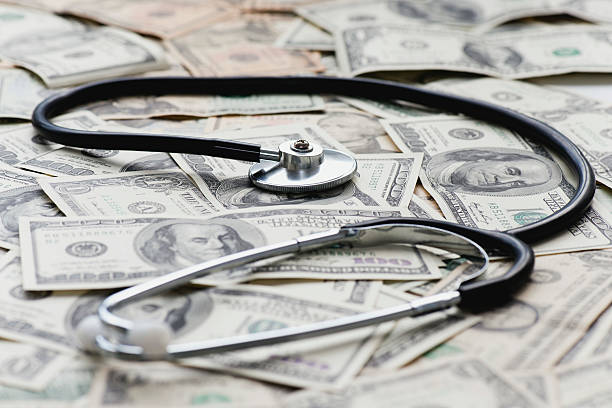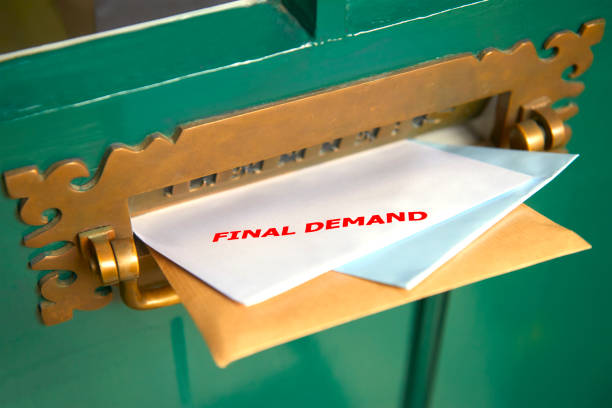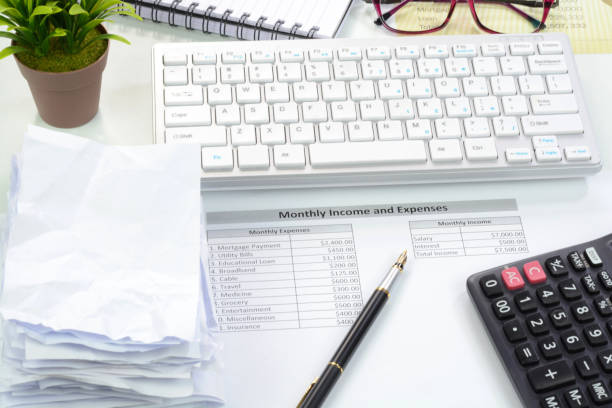
- Start by taking inventory of all your outstanding debts. - Look for ways to maximize your disposable income so you can put more money towards your ...
Read More
Navigating the labyrinth of healthcare debt requires a unique blend of financial strategy and systemic understanding, distinct from managing other for...
Read More
The phenomenon of overextended debt is often mischaracterized as a simple failure of mathematical calculation or fiscal discipline. However, behaviora...
Read More
The daunting reality of overextended personal debt, where multiple high-interest balances loom like insurmountable peaks, demands a strategic and disc...
Read More
The descent into overextended personal debt often feels like a private struggle, a silent burden of mounting bills and relentless anxiety. However, wh...
Read More
The precarious state of overextended personal debt often feels like a trap with no exit, a relentless cycle of high-interest payments that never seem ...
Read MoreDebt creates a loss of freedom and flexibility. It can force you to stay in a job you dislike, prevent you from traveling, returning to school, or starting a business, and delay major life milestones like marriage, homeownership, or having children.
Ask yourself if you would buy the item if you had to pay the full amount today. Confirm the total amount you will owe and the due dates for all installments. Ensure the payments fit comfortably within your existing budget without requiring you to sacrifice essential expenses.
It replaces anxiety with a sense of control. By having a plan you designed around your happiness, you eliminate the guilt of spending and the fear of wondering if you can afford your life. You know your priorities are funded, which brings immense peace of mind.
A common guideline is the 50/30/20 rule: 50% for needs, 30% for wants, and 20% for savings and debt repayment. If your debt is significant, you may need to temporarily allocate more than 20% to aggressively pay it down.
Payday loans have extremely high interest rates and short terms, often trapping borrowers in a cycle of borrowing new loans to repay old ones. This can quickly escalate small financial shortfalls into severe overextension.